Universal scaling of biological rates with body mass is based on thermodynamics, but requires a circular thermodynamics based on coupled cycles of energy and material transformation, which applies also to sustainable systems including cities Dr Mae-Wan Ho
This article forms the main part of the author’s Prigogine Medal 2014 Inaugural Lecture for Sustainable City 2014, 9th International Conference on Urban Regeneration and Sustainability, University of Siena, 23 September 2014.
The powerpoint presentation is available here: http://www.slideshare.net/maewanho/sust-cities-as-organisms-a-new-thermodynamics-perspective
Theoretical physicist Geoffrey West and colleagues discovered a universal allometric scaling law that applies to resting metabolic rate with size over 27 orders of magnitude from redwood giants down through cells to mitochondria and the respiratory molecular complex. They produced the first overarching theory showing that this scaling depends on fractal networks optimised for transport, and rightly link the universality to thermodynamics. But without a clear thermodynamic theory, they appealed to Darwinian natural selection for optimization.
Most intriguingly, West and colleagues also observed similar allometric scaling in cities, raising the possibility that cities too, may be considered organisms (see [1] "Grand Unified Theory of Sustainability" for Cities?SiS 64). Thinking of cities as organisms [2, 3] is a good guide to making cities (and economies) sustainable.
Before going further, let me show you the sublime vision that inspired my work, which we have managed to capture on video camera. It is a rainbow dancing inside a worm (see the cover of [4] The Rainbow and the Worm - The Physics of Organisms (ISIS publication). It first appeared to me more than 20 years ago as I was peering down the polarising light microscope used by geologists for identifying rock crystals and by chemists for liquid crystals. Those crystals have orientation order in their atoms or molecules that give the brilliant interference rainbow colours. But the first instar Drosophila larva freshly hatched from the egg in my vision was alive with all its molecules churning around transforming energy, not quite the usual static crystalline phases that geologists or chemists see. Yet, it displayed brilliant rainbow colours flashing and changing constantly. It took a while to solve the mystery.
All living organisms look like that including you and me if we could fit us under the microscope. To see the rainbow colours in living organisms, the liquid crystalline molecules not only have to be aligned, but also moving coherently, macromolecules and water molecules together. As coherent molecular motions are much slower than visible light vibrations, the ordered alignment of molecules will still be registered by the light passing through. The most active parts are always the brightest, indicating that the molecular motions are the most coherent. It is like using a very sensitive camera with ultra-short exposure time to capture sharp images of fast moving objects.
In other words, the colour images of live organisms are direct evidence of highly coherent molecular motions in the organism, even quantum coherent. And that depend absolutely on the liquid crystalline water, the topic of another talk.
There are two major themes in the Rainbow Worm [4], which tells you why organisms are optimised for energy transformation, and presumably give the universal scaling observed. Organisms are quantum coherent, and independently, a circular thermodynamics operating in a liquid crystalline water medium enables a dissipation-less (zero-entropy) energy mobilization in the ideal (which is already implied by quantum coherence).
The circular thermodynamics theory was perfected in three successive editions of the book; the detailed argument was also presented in a recent review [5]. In the sequel to the Rainbow Worm, [6] (Living Rainbow H2O, ISIS publication), I elaborate on the universal energy metabolism of the living world based on water; specifically the photosynthesis-respiration cycle that splits H2O to reduce CO2 to carbohydrates releasing O2, and the oxidation of carbohydrates with O2 back to H2O and CO2. Water also provides the dissipationless medium for energy transformation and the bioelectricity for perfect intercommunication between all parts of the organism. Life is indeed water electric and electronic through and through; it is the means, medium and message of life [7].
Let me show how the circular thermodynamics of organisms apply to sustainable cities as organisms.
The first thing to note is that organisms do not make their living by heat transfer. Instead they are isothermal systems far from thermodynamic equilibrium, and depend on the direct transfer of molecular energy by proteins and other macromolecules acting as “quantum molecular energy machines” at close to 100 % efficiency (zero entropy). For isothermal processes the change in Gibbs free energy DG (thermodynamic potential for doing work at constant temperature and pressure) is,
DG = DH - TDS (2)
where DH is the change in enthalpy (heat content), T is temperature in deg K, and DS is the change in entropy, the measure of dissipation or loss of energy.
Thermodynamic efficiency requires that DS approaches 0 (least dissipation) and DH = 0, or DG = 0 via entropy-enthalpy compensation, i.e., entropy and enthalpy changes cancelling each other out. So, let us see how the organism manages to do that.
For a system to keep far away from thermodynamic equilibrium it must capture energy and materials from the environment to develop, grow and recreate itself from moment to moment during its life-time, and also to reproduce and provide for future generations, all part and parcel of sustainability. The key to understanding the thermodynamics of the living system is not so much energy flow as energy capture and storage under energy flow to create a reproducing life cycle (Figure 1).
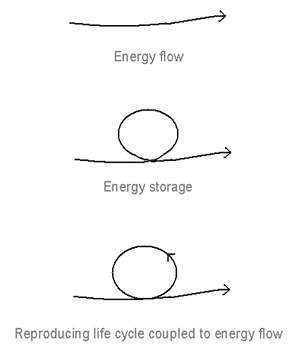
Figure 1 Energy capture and storage for a reproducing life cycle
The analogy with a city is clear; the city too is far from thermodynamic equilibrium, it captures and stores resources to build physical structures that keep resources circulating within and the city alive. Figure 2 is a remarkable fresco of the idealized 14th century autonomous Siena city state by Lorenzetti, representing peace and prosperity of a well-governed city [8]. The thin city wall is emblematic of fragile physical closure against invaders, for dynamic closure due to the characteristic space-times of processes is much more important.
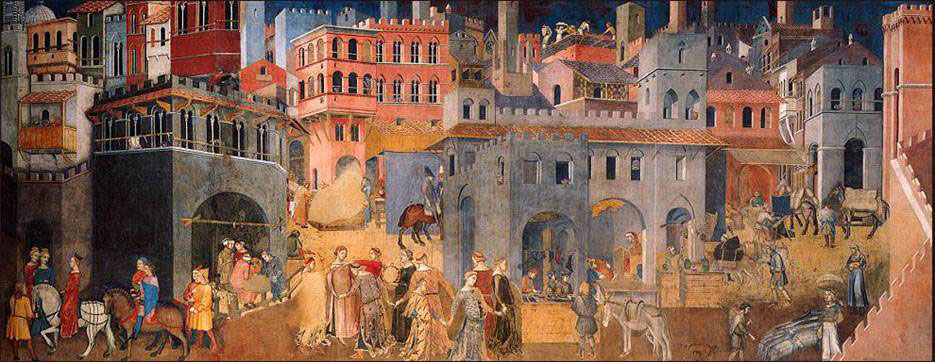
Figure 2 Lorenzetti’s idealized Siena city state representing peace and prosperity
Let me say something about characteristic space-time, as it is a very important concept. All real processes and objects have characteristic space-times. In the organism, the heart (10-1m) beats in a second, nerve cells (10-4m) fire in a tenth of a second or faster, and protons (10-15m) and electrons (10-17m) move in 10-12 t0 10-15 s. Cells divide in minutes, and physiological processes have longer cycles of hours, a day, a month or a year.
There is a coherent fractal hierarchy in which living activities are organized by their characteristic space-times. Processes with matching space-time interact most strongly (through resonance), but also link up to the entire hierarchy.
Cities have similar fractal hierarchies of activities in buying and selling, manufacturing, imports and exports, borrowing and lending, etc., which must also match and link up.
The way to match space-times and link up the entire hierarchy is through cycles. All living activities are organized in cycles, i.e., biological rhythms, which are ubiquitous in the living world. Cycles are also ubiquitous in the physical universe, and some cosmologists even believe the universe itself is cyclic [9] (Golden Cycles and Organic Spacetime - Story of Phi Part 4, SiS 62). The possibility for cycles in the living world coupling and linking up to those in the physical universe is surely why life exists, and indeed some would argue, indicates that the entire universe is alive.
Cycles enable the activities to be coupled together, so that energy yielding processes can transfer energy directly to those requiring energy. And the direction can be reversed when necessary. Cooperativity and reciprocity is the hallmark of a sustainable system. (This is an extended form of Onsager reciprocity relation in thermodynamics, which applies strictly only to the steady state, see [4].)
The coupled cycles form a nested fractal self-similar structure: each small cycle has similar smaller cycles within spanning characteristic space-times from sub-nanometre to metres and from 10-15s to hours and years.
Cycles also confer both dynamic stability and autonomy to the system on every scale. Thermodynamically, no net entropy is generated in the case of perfect cycles; hence the system can maintain its organization (Figure 3).
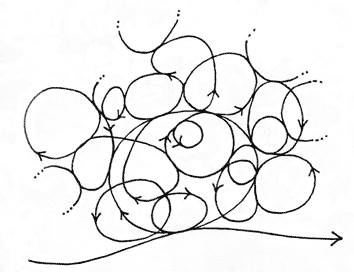
Figure 3 The fractal structure of coupled activity cycles in living organisms
The fractal structure effectively partitions the organism into a hierarchy of systems within systems defined by the extent of equilibration of thermal (dissipated) energies.
Thus, energies thermalized or equilibrated within a smaller space-time will still be out of equilibrium in the larger system encompassing the first, and hence capable of doing work.
Consequently, there are now two ways to mobilize energy efficiently with entropy change approaching zero: very slowly with respect to the characteristic time so it is reversible at every point, or very rapidly with respect to the characteristic time, so that in both cases the energy remains stored (in a coherent non-degraded form) as it is mobilized. It is that which enables the organism to simultaneously achieve the most efficient equilibrium and far-from-equilibrium energy transfer.
This nested dynamical structure also optimises the kinetics of energy mobilisation. For example, biochemical reactions depend strictly on local concentrations of reactants, which are very high, as their extent of equilibration is typically at nanometre dimensions (in a nanospace).
The fractal space-time differentiation of the living system is directly proportional to its energy storage capacity or energy residence time, which is also proportional to the material residence time; in ecosystem/sustainable system terms, these translate to biodiversity (species richness), and biomass or productivity.
For a city, the fractal structure maximises the retention of resources within the city, where they circulate in a hierarchical way, benefiting local economies, encouraging diversity and diversification, which in turn feeds back to benefit local economies. Re-use and recycling make perfect sense in prolonging the retention of useful resources in the system. So does cooperation and reciprocity in the coupled cycles of giving and taking among local businesses and people in general, in place of the dominant misguided culture of relentless competition (Figure 4).
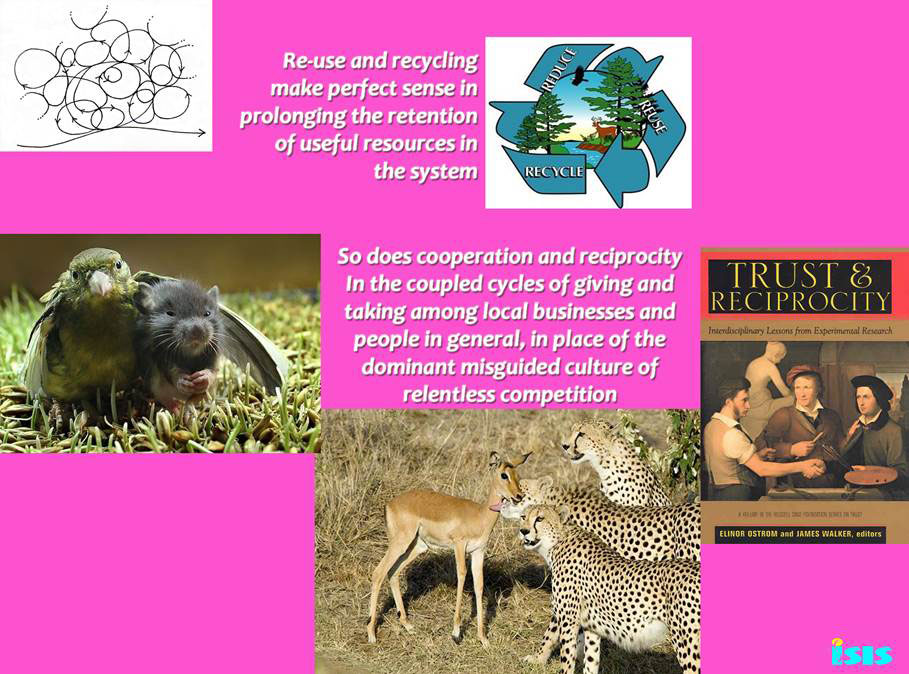
Figure 4 Recycling makes sense, so does cooperation and reciprocity
The coherent fractal structure maximises both global connectivity and local autonomy, which is the hallmark of quantum coherence [4]. Giuseppe Vitiello, theoretical physicist at University of Salerno, Italy, has the important proof that fractal structures are mathematically isomorphic with squeezed quantum coherent states (in which Heisenberg’s uncertainty is minimum) [10]. This is extremely significant; the full implications have yet to be worked out.
In the ideal – approached most closely by the healthy mature organism and the healthy mature ecosystem - an overall internal conservation of energy and compensation of entropy (SDS = 0) is achieved. In this state of balance, the system organization is maintained and dissipation minimized; i.e., the entropy exported to the environment also approaches zero, SDS ≥0 (Figure 5).
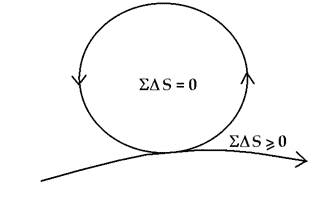
Figure 5 The zero-entropy ideal of circular thermodynamics
Internal entropy compensation (and energy conservation) implies that there is free variation in microscopic states within the macroscopic system; i.e., the internal microscopic detailed balance at every point of classical steady state theory is violated.
For an organism, it means that detailed energy balance is not necessary at every point. Most often, parts of it are in deficit, and severely so, when one needs to run from a tiger knowing it can be replenished after a successful escape. The same applies to ecosystems: all species are in a sense storing energy and resources (nutrients) for every other species via complex food webs and other symbiotic relationships.
For a sustainable city, all wealth and other resources are shared, either directly or indirectly. A proper city bank will see to it that excess wealth generated somewhere in the system can be directed in timely fashion to help those in need, or to finance key innovations.
The above considerations give rise to the prediction that a sustainable system maximizes cyclic, non-dissipative flows while minimizing dissipative flows, i.e., it tends towards minimum entropy production as conjectured by Ilya Prigogine [11].
Minimum entropy production means that little or no entropy is exported to the environment. As the system depends on environmental input, entropy and wastes exported to the environment will simply mean diminished environmental input. Yet, generations of economists persist in speaking of economic growth as though the environment does not exist. Figure 6 makes it explicit that an organism or a sustainable system is coupled to its ecological environment, hence the importance of minimum entropy export to the environment. In practice, this means the organism or sustainable system must not overexploit the ecological environment. Again this diagram is a fractal, so that smaller ecosystems are embedded and coupled to larger and larger ones ending with the entire Earth ecosystem.
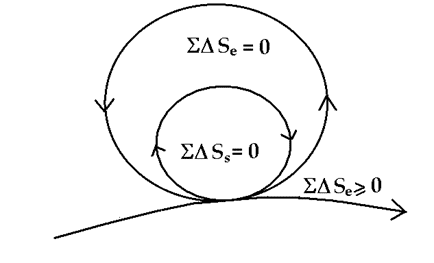
Figure 6 The coupled flows of system and ecological cycles in a sustainable system
For a city with ready access to air travel in a globalized world, the implications are profound. Not only its immediate ecological environment needs to be conserved, a sustainable city must take care not to over-exploit ecosystems in other countries especially in the developing world, because ultimately, the entire global fractal ecosystem is one. This also shows why exploitation and unequal exchanges in general are bad for sustainability. Over-exploitation of people leads to over-exploitation of the environment both because it drives the exploited to faster deplete and degrade Earth’s resources, and/or creates false ‘wealth’ for the exploiter to over consume. Equity and self-sufficiency make perfect sense in this context. Cities can and should produce as much of its own food as possible in urban and peri-urban green spaces and revive its local markets, which are great for rebuilding and revitalising local communities.
Circular economy in business
Circular economy if not circular thermodynamics has been enthusiastically championed by Dame Ellen MacArthur since 2010 [12]. The Ellen MacArthur Foundation has produced reports with analyses from McKinsey highlighting an annual trillion dollar opportunity globally in net material cost savings for companies making the transition to circular economy. And big companies and governments all over Europe have indeed signed up to the “Circular Economy 100” that the Foundation has initiated (see Figure 7).
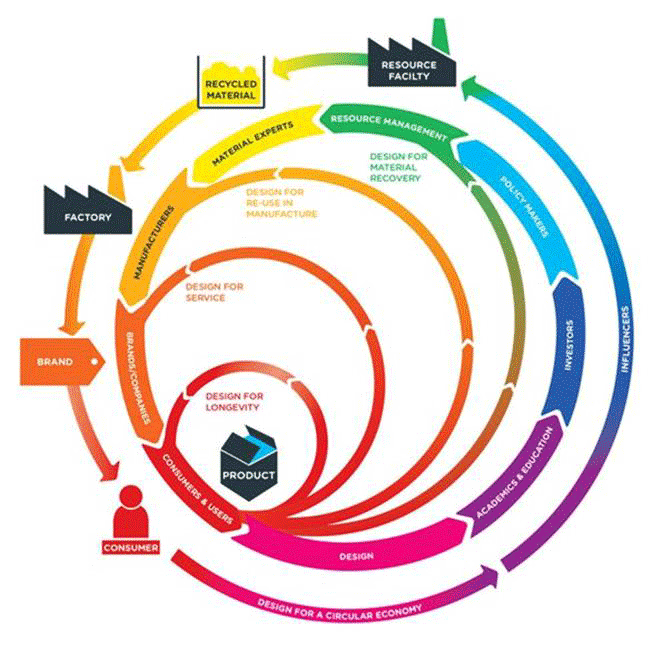
Figure 7 The circular economy championed by Ellen MacArthur Foundation for the manufacturing and service industry sector
The dyke pond system and Dream Farm 2
I started thinking about cycles and circular thermodynamics in the first edition of Rainbow Worm [4] published in 1993, and used the term ‘circular economy’ for the dyke-pond system of Pearl River Delta in China, which I visited in 2006 [13] (Circular Economy of the Dyke-Pond System, SiS 32), and discovered that ‘circular economy’ is already very much in mainstream and official discourse in China, albeit also restricted to the manufacturing and service industries sector [14] (Sustainable Agriculture, Green Energies and the Circular Economy, SiS 46).
Leaving out agriculture - the primary production of the economy – does not make sense, especially for the ‘green economy’ on everyone’s lips, and certainly runs counter to circular thermodynamics.
The dyke-pond system evolved over two thousand years, perfected by generations of Chinese farmers into a paradigmatic circular economy of intensive agriculture. It depends on maximising internal inputs between land and water, optimising the efficient use of resources while minimising wastes, and transforming wastes into resources. One version is shown in Figure 8.
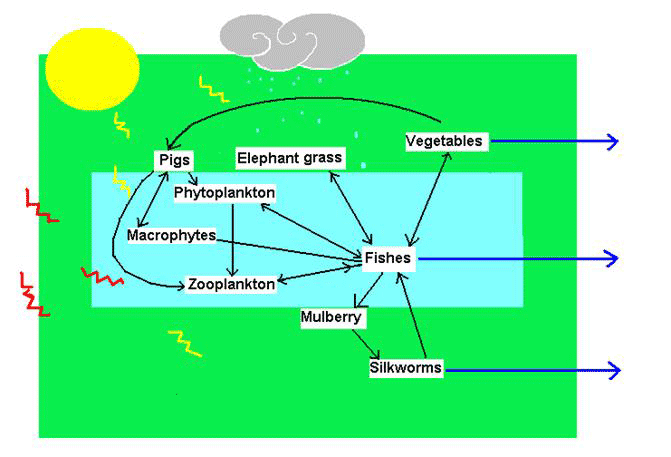
Figure 8 The circular economy of a dyke-pond system in China’s Pearl River Delta
The numerous circles are obvious involved in keeping resources within the system to minimize dissipation and preventing pollution of the general environment. Dyke-pond systems are so productive that they supported an average of 17 persons per hectare compared with the ‘carrying capacity’ of about 2 persons per ha stipulated by United Nations Food and Agriculture Organization [15].
I extended the dyke-pond system by incorporating renewable energies including biogas from anaerobic digestion of wastes into a Dream Farm 2, which could form part of peri-urban agriculture (Figure 9) (slightly modified from [16] Food Futures Now: *Organic *Sustainable *Fossil Fuel Free , ISIS/TWN publication; see also [17].
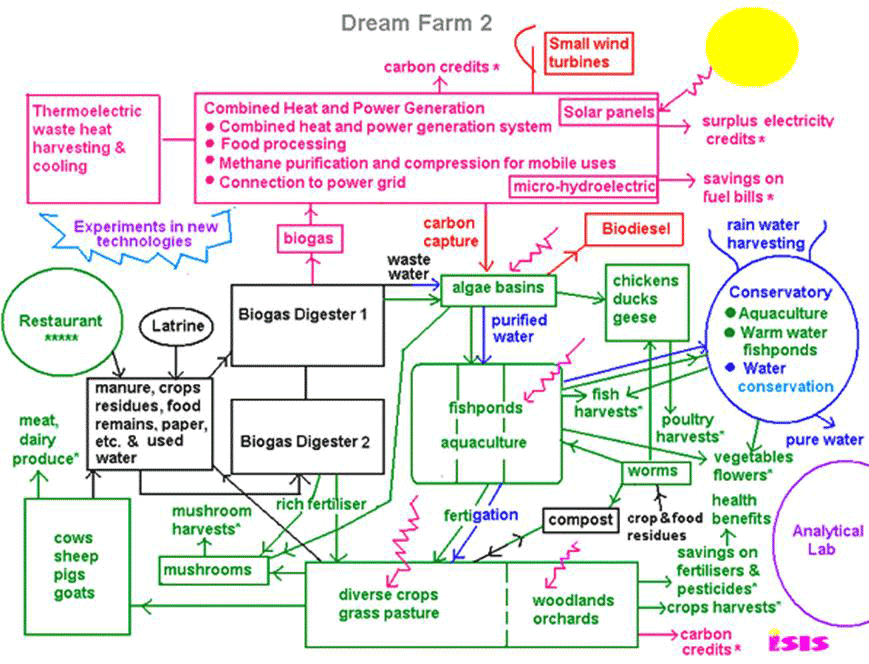
Figure 9 A food and energy self-sufficient farm run on the circular economy of nature
The diagram is colour-coded. Pink is for energy, green for agricultural produce, blue is for water conservation and flood control, black is waste in the ordinary sense of the word, which soon gets converted into food and energy resources. Purple is for education and research into new science and technologies. It is estimated to save more than 40 % of energy consumption, only counting anaerobic digestion for a country like China [17, 18] Sustainable Agriculture Essential for Green Circular Economy, ISIS Lecture).With the addition of solar, wind or micro-hydroelectric as appropriate, such farms could provide more than enough energy for the entire farm (while also compensating substantially if not completely for carbon emissions). As a peri-urban farm, it not only helps provide food security, but healthy nutrition for the inhabitants (another indicator of sustainability). In addition, it frees up land in rural areas to support wild life to protect and increase natural biodiversity.
Dream Farm 2 is an excellent project for a university or a research institute because engineers, architects, scientists, artists, medical doctors, sociologists, economists and business can all work together across the disciplines to realise the closed loop model in design, energy flow, architecture, marketing, etc, while providing huge opportunities for education, research and innovation.
I am very grateful to Carlos Brebbia and the Committee of the Wessex Institute for awarding me the 2014 Prigogine Medal, and to the University of Siena for hosting this conference on Sustainable Cities, which provided the major inspiration for my venturing into this topic. Many thanks also to my son Adrian Ho and my husband Peter Saunders for their help in preparing this report.
Article first published 29/09/14
Comments are now closed for this article
There are 1 comments on this article.
Suni Pele Nelson Comment left 30th September 2014 15:03:58
Appreciate your articles & also carry the same co. name: ISIS6Group, Birthing New Earth Models as Futurist.
Ques: Researching the Universal Human, our bodies are becoming more crystalline thus less water, higher frequency, ie no dis-ease, more connected to Source energy, consciousness. Any feedback in this regard as we evolve?
Ques. Knowing 'free-energy systems' exist to replace electricity systems, solar/wind; & other high tech have been withheld by 'those that be in power', & higher tech is coming in, the future seems to have more positive movement forward as all let loose. What do you think?
Thank you.